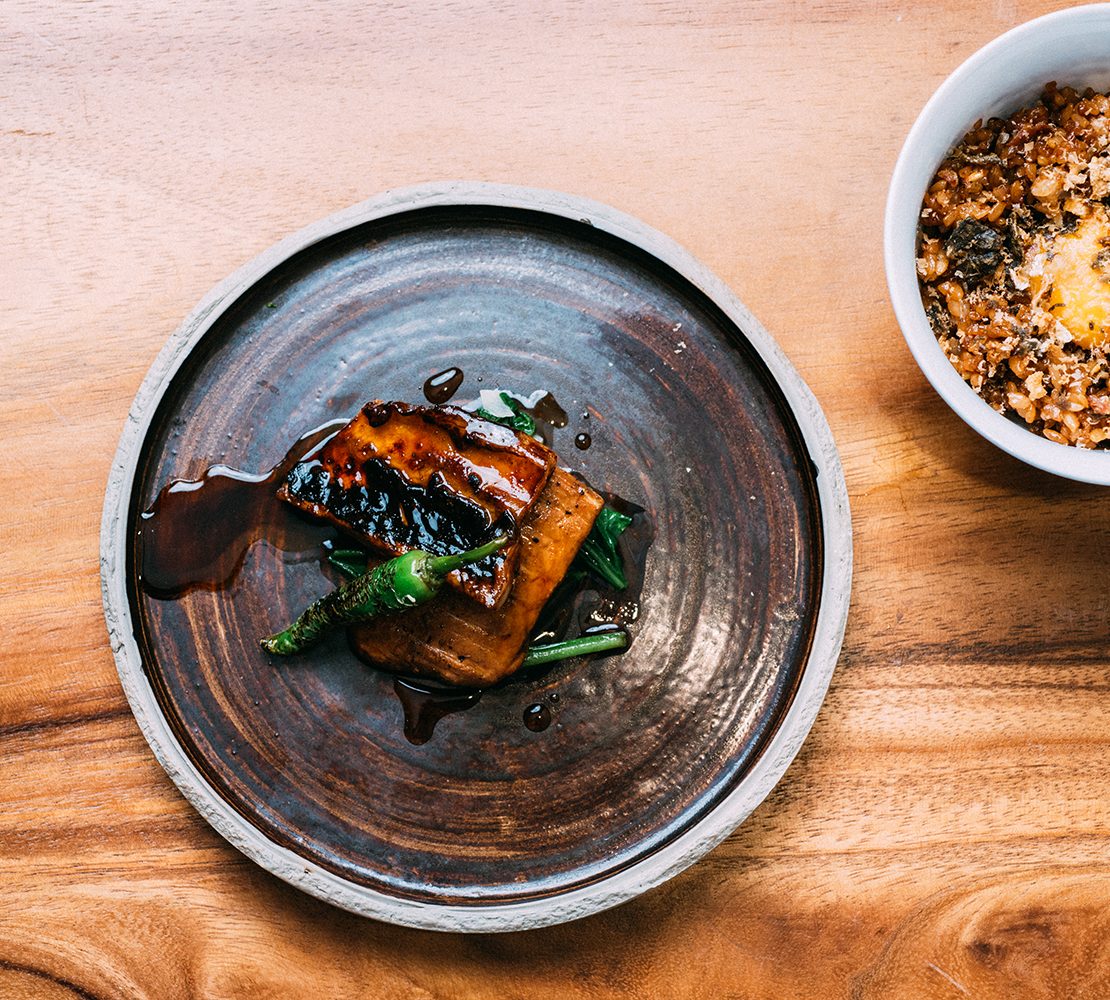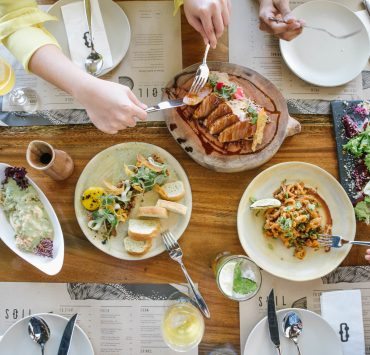“If I were to choose a dish that I truly enjoy, it would be barbecue,” says chef Jordy Navarra. The humble cuts of marinated pork carefully skewered on thin bamboo sticks have been part of Filipino food culture since the 1950s. With variations of chicken and the oddest animal parts, the barbecue—commonly known as BBQ—is quintessential Filipino fare, a dish known to all Filipinos, from all walks of life. “Everyone knows of barbecue, since we all grew up with a ‘BBQ sa kanto,’” says Navarra.
Some may consider it the Filipino interpretation of the Middle East’s kebabs or other grilled fare from our Southeast Asian neighbors. Filipino cuisine has often been described as a chopsuey of other cultures’ food. However, with the many influences that our country has adapted through hundreds of years of colonization and trade, Filipino food could be best described as not only indigenous to the land, but also deeply rooted in memory. As food critic Doreen Fernandez quotes Eddy Alegre in her book Tikim, “The experience of food is ephemeral. What one puts into the mouth is the end and result of cooking that starts with the sea, the soil, animal life. In the act of cooking, we make statements about ourselves—our understanding of relationships between ingredients, our perception of taste and appropriateness. In the act of eating, we ingest the environment.”
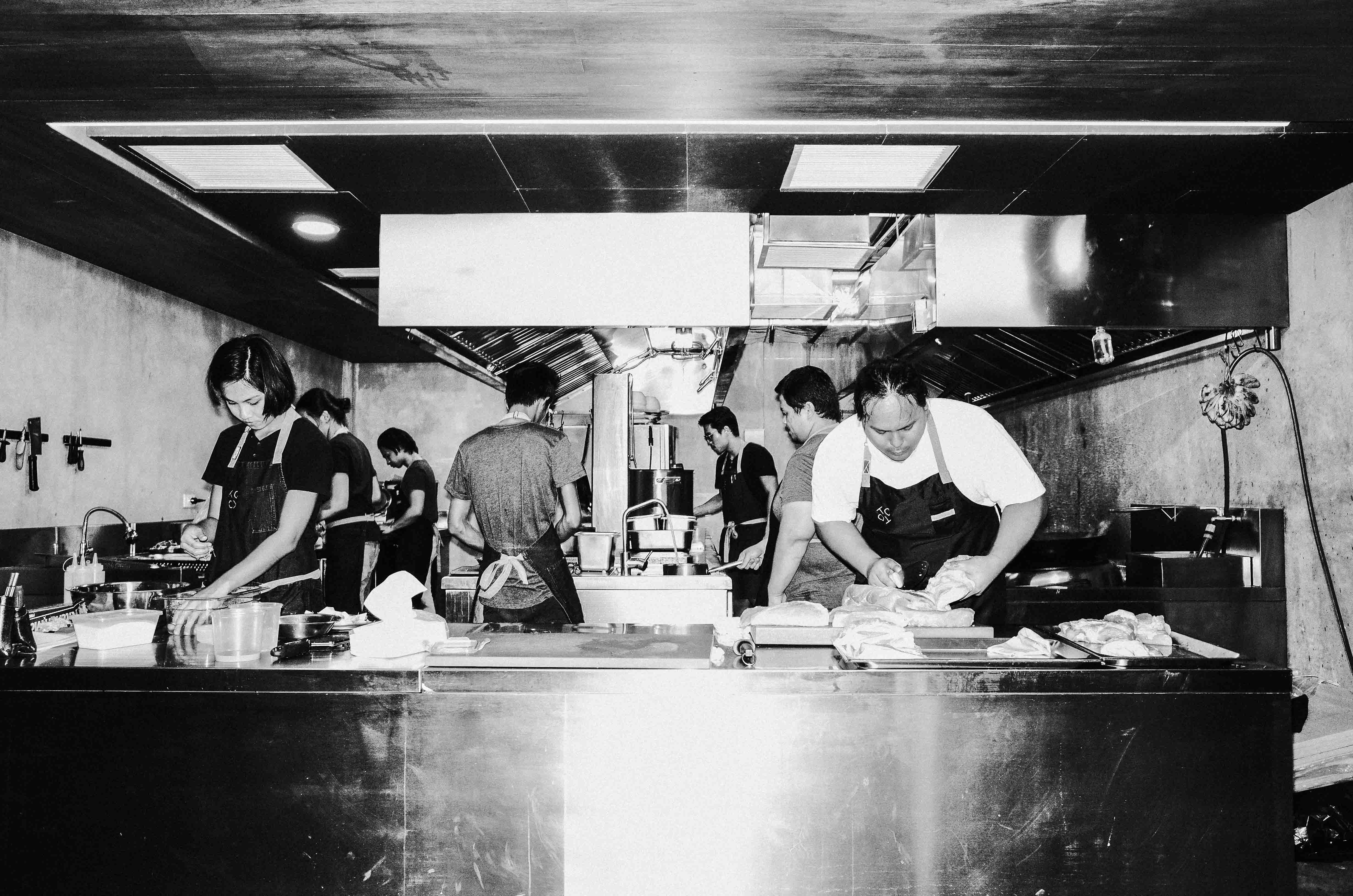
We want to layer a lot of different flavors using the same ingredients. In finding a complexity of taste with the least amount of ingredients, we come up with different permutations on how to extract flavor by not adding more.
Jordy Navarra
Navarra, upon opening Toyo Eatery, introduces a progressive Filipino dining experience to the local market, playing with familiar Filipino flavors and not simply elevating traditional cookbook recipes—inviting everyone to eat out because you want to, and not because you have to.
“I think a lot of people will not get it,” says food writer Clinton Palanca, “but enough people will for it to succeed, at least initially. We’ll have to wait and see.” So, enter the doors of Toyo with an open mind. Break any preconceived notions that great Filipino food is only defined by recreating your grandmother’s secret recipes for adobo, sinigang, and kare-kare. Tickle and challenge your senses. Enjoy rediscovering the best of Filipino ingredients, combined for culinary adventures with local flair and flavor.
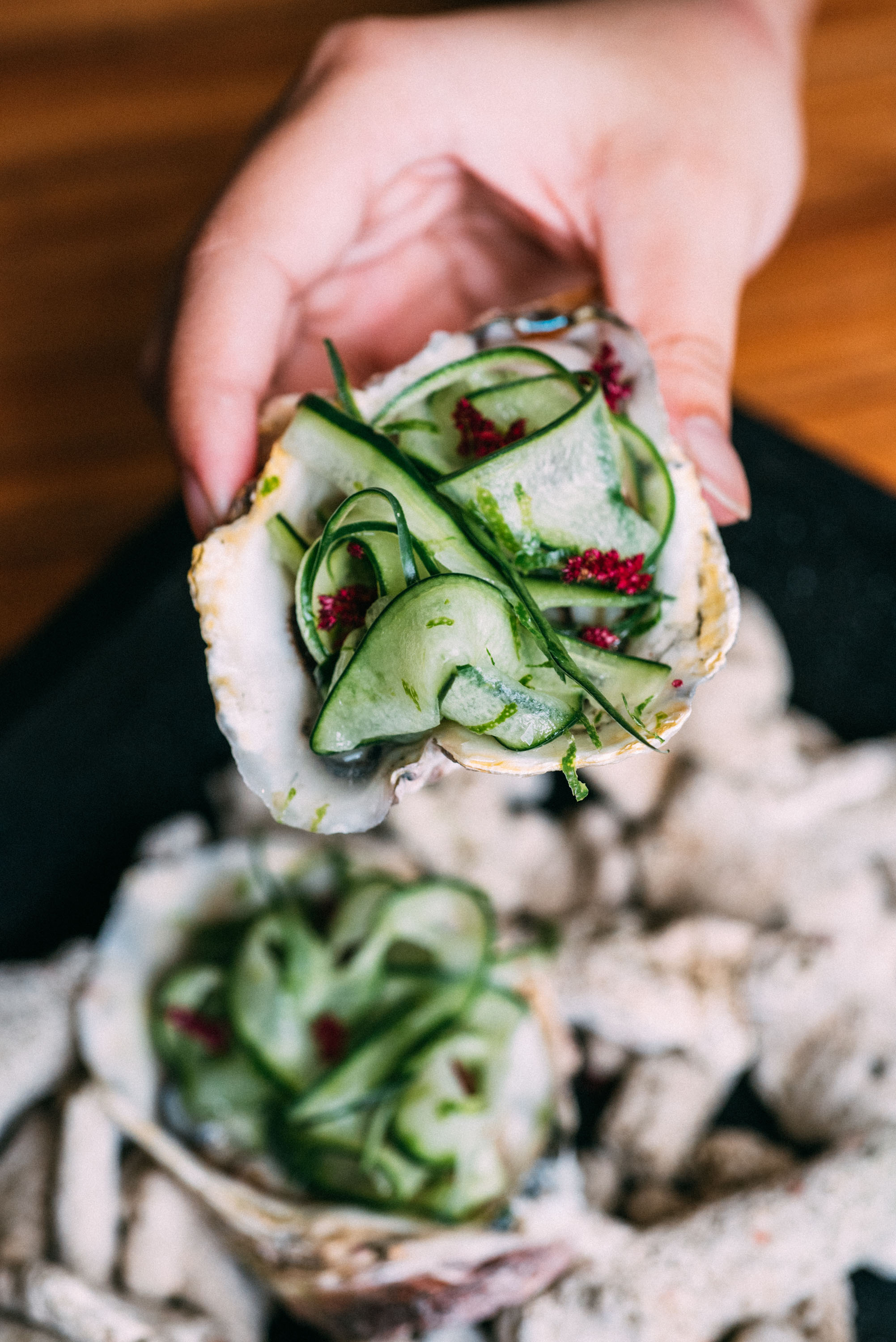
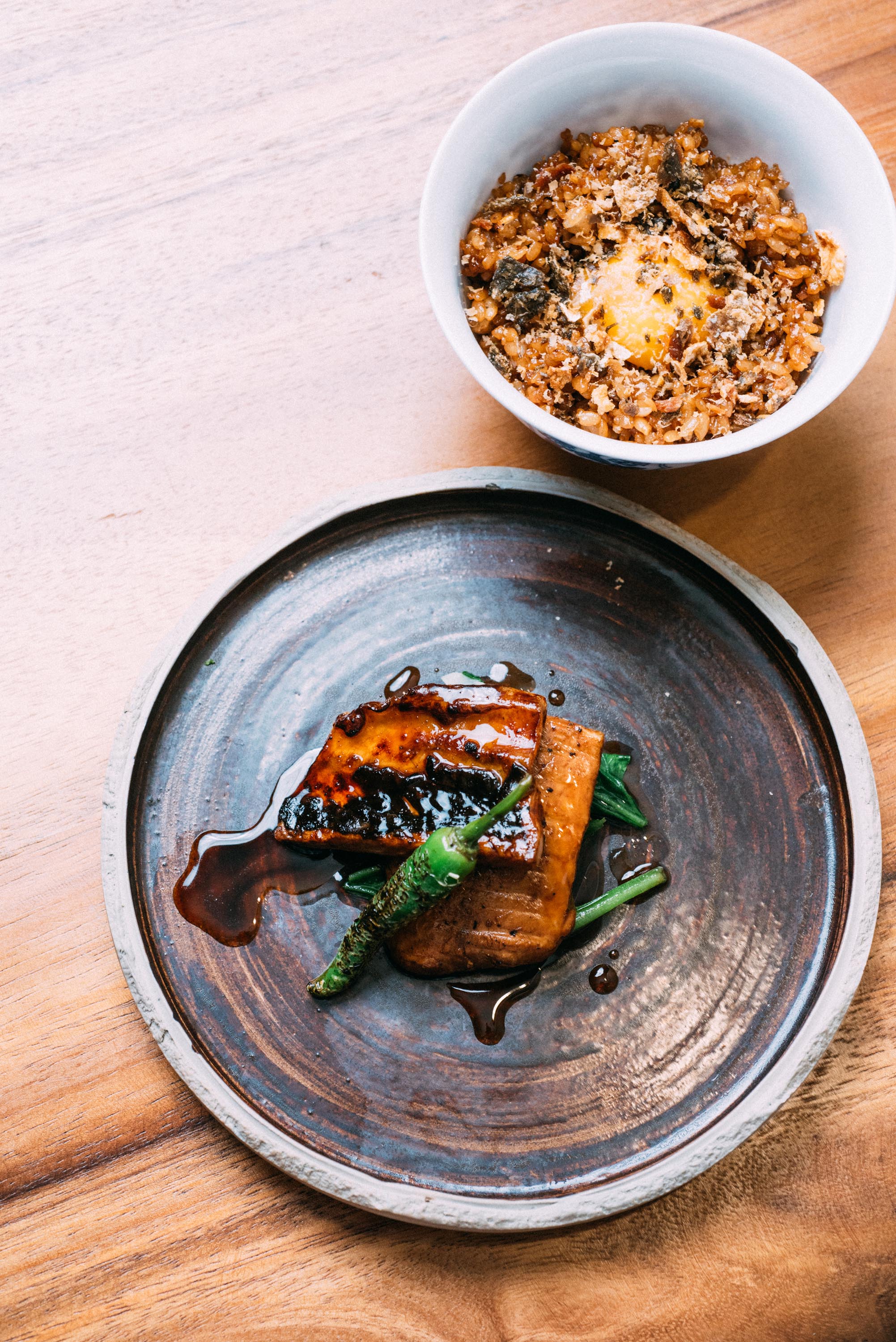
Posing the common question of why would we eat out if our mothers can cook the best adobo at home, Navarra answers, “It’s not about recreating dishes. You can be Filipino in terms of how it feels, how it tastes, what you use, and how you use it.”
Innovation is not simply synonymous with a complexity of technique. After gathering information from different places, ingredients, and food memories, Navarra views Filipino food from a whole other perspective and translates quintessential Filipino flavors into world-class dishes, starting with the best produce our land and sea can offer. “We want to layer a lot of different flavors using the same ingredients. In finding a complexity of taste with the least amount of ingredients, we come up with different permutations on how to extract flavor by not adding more.”
The current mindset is letting Western mores dictate the standards. In effect, we always try to copy, and more often than not, pale in comparison. We fail to acknowledge the country’s environment, culture, and landscape, which are key to finding our culinary identity. Navarra cites an example: “If you’re looking for a very specific cheese and compare it to the cheese that you get in Europe, lugi ka talaga because I don’t think our landscape was meant to produce cheese.”
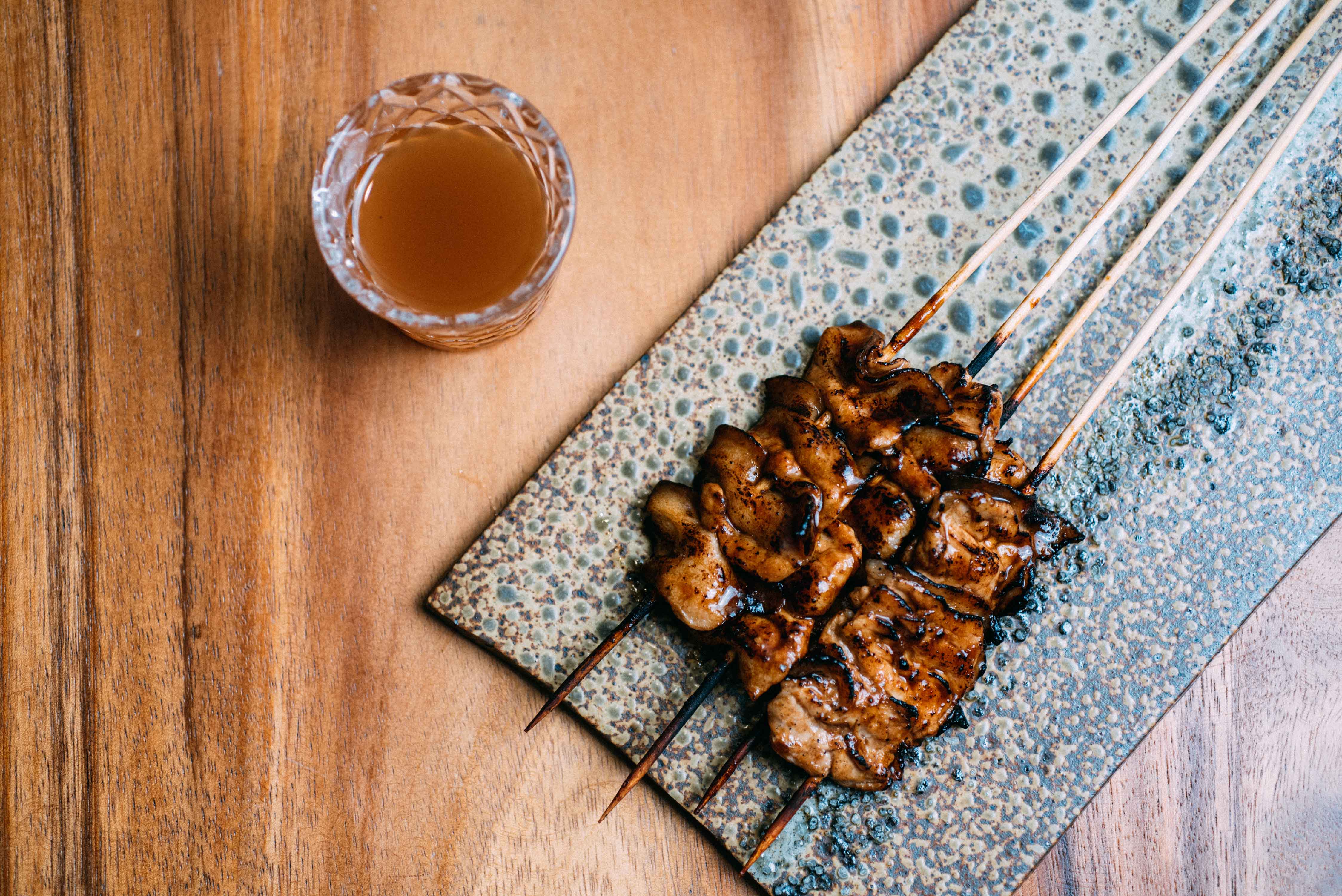
The world is in the middle of a culinary renaissance, and Filipinos are slowly gaining momentum with the right ideas. With Navarra’s philosophy of continuously searching for quality, building on our strengths is the name of the game.
In Toyo Eatery, located at Karrivin Plaza on Pasong Tamo Extension, Makati, Navarra offers oysters fresh from the waters of Aklan, and larger than their European cousins. Their juicy, sweet flavors are emphasized with a thin layer of cucumber and doused with a lime and basi (local rice wine) vinaigrette. This is just one of his offerings where the ingredient is the star of the dish.
Food historian Felice Prudente confirms this viewpoint and encourages everyone to start looking at our own backyard and think of what we can use that others can’t. “History repeats itself. There was a golden moment in Philippine cooking when people were experimenting to death. In the 1920s and 1930s, Filipinos were finding several ways to use and export the pili nut.”
And there is more where that came from. She urges practitioners in the food industry to hit the books. “Over the centuries, people have tried to understand what in our environment is edible, and what in our environment we have been cooking. There is a lot of material on that. For instance, I’ve been researching on the different herbs and other vegetation that naturally give us salty, sweet, sour, and bitter tastes,” she elaborates.
It’s not about recreating dishes. You can be Filipino in terms of how it feels, how it tastes, what you use, and how you use it.
Jordy Navarra
Filipino innovators are on the right track: focusing on what we have. But it doesn’t stop there. Navarra is pushing himself further by trying to discover new ways to expand the local flavor profile through relearning the process of making our favorite sawsawan.
It is still a work in progress. Several months ago, Navarra and his team had the crazy idea of creating their own dipping sauces, like patis, toyo, suka, and bagoong, from scratch. The array of condiments is ubiquitous in every Filipino household everywhere in the world. It is embedded in our culture, yet nobody dared ask how we could make them at home. “It’s something we in the city never got, but it’s traditionally something everybody’s supposed to know,” he explains. “How can our food taste different if we all use the same commercial brands of these sauces?”
Sawsawan adds a whole new dimension to how we eat. It offers a complex taste that serves as emphasis and accent to the already great dish or ingredient. Upon relearning these techniques, Navarra and his team branched out into fermentation and preservation. Experimenting on these new techniques requires time, patience, and accuracy.
The growing interest of the public has become the impetus for more chefs, and also bakers, to move forward and bring Filipino cuisine to the global stage. Navarra concludes, “Discovering these traditions and techniques are key to pushing forward, progressing, and innovating. We need to stay true to our identity, so we can promote it the right way.”
This story was originally published in Southern Living, April 2016.


